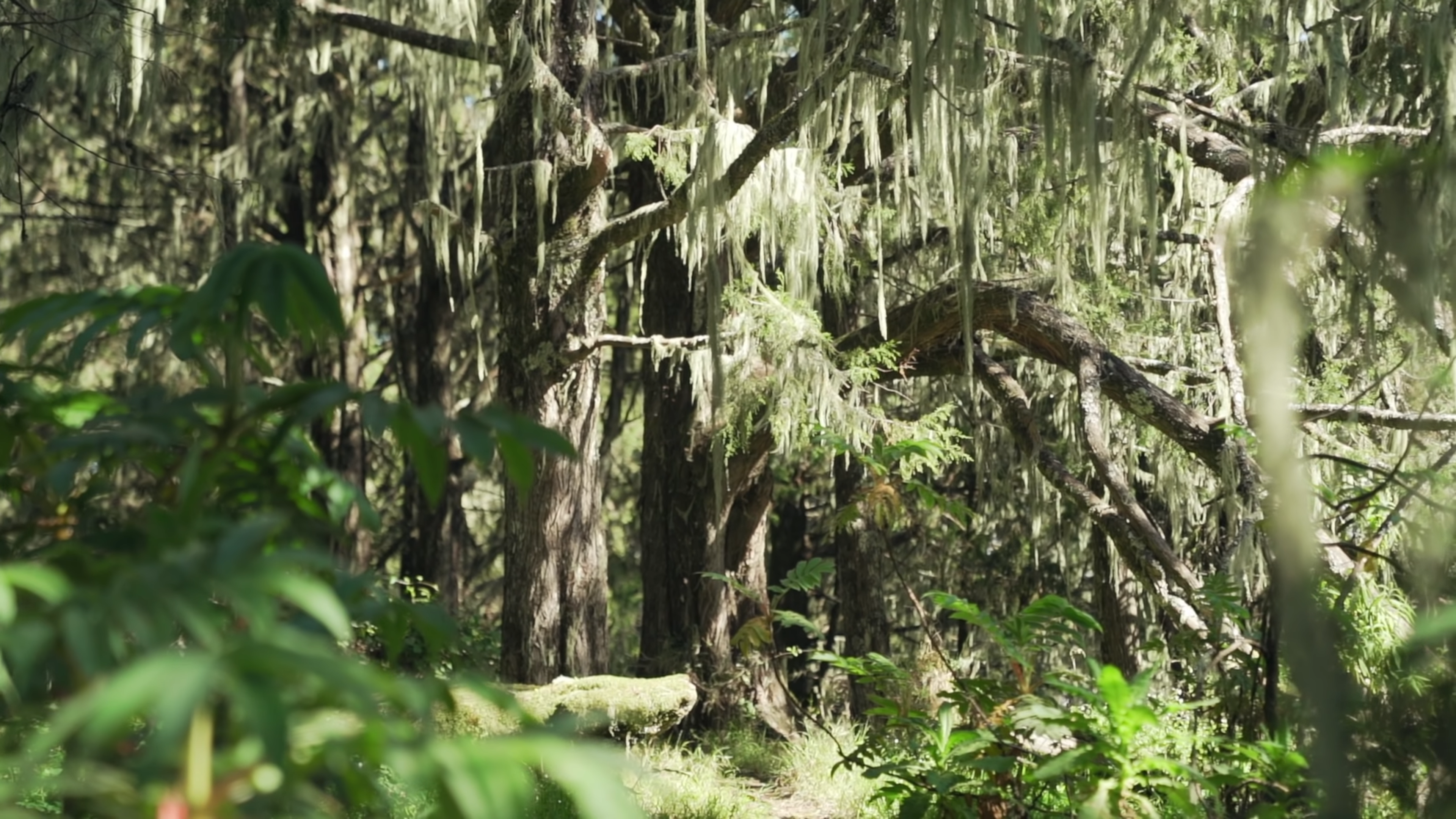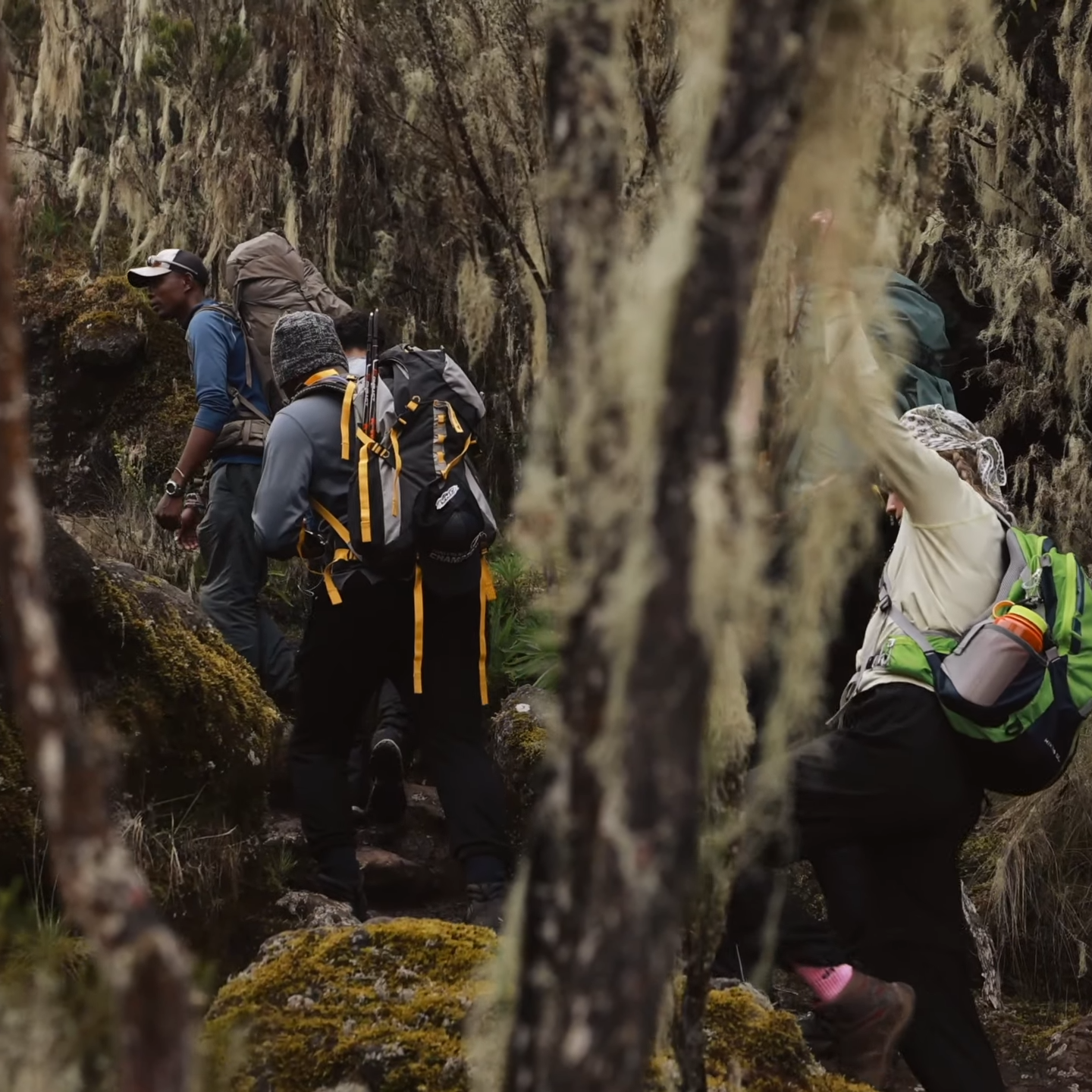Ultimate Guide to Mount Kilimanjaro via the Western Breach Route
Climbing Mount Kilimanjaro through the Western Breach is not for the faint-hearted. It’s the most difficult and hazardous route to the summit, presenting significant risks beyond the typical challenges of a high-altitude climb.
The main danger doesn’t come from the steep ascent itself but from the melting glaciers overhead. As these glaciers recede, they release large, unstable rocks. Tragically, this resulted in a fatal rockfall incident in January 2006, where three American climbers lost their lives. Despite subsequent changes to the route to minimize time spent in high-risk zones, rockfalls remain a serious concern. Another fatal accident occurred in 2015, highlighting the ongoing risks posed by the Western Breach.
Why Choose the Western Breach?
Despite the risks, climbers are drawn to the Western Breach for its unique challenges and rewards. Unlike other Kilimanjaro routes that take you to the crater rim, the Western Breach brings you directly into the crater. This provides an opportunity to camp inside the crater, allowing explorers to witness the Furtwangler Glacier, the Ash Pit, and the sprawling ice fields up close.
While you could opt for a less risky route and still explore the crater, the Western Breach offers an unmatched experience of entering the mountain’s heart. Some agencies offer an optional overnight stay at the crater for climbers on other routes, though it’s essential to allow extra time for acclimatization to safely spend a night at such extreme altitudes (5,729 m/18,796 ft).
Is the Western Breach Route Safe?
Rockfall incidents are the most significant risk on this route. The infamous 2006 tragedy occurred when melting ice released 39 tons of rock from the foot of the glacier, hitting a group of climbers near Arrow Glacier Camp. The 2015 accident also involved rockfalls caused by the ongoing glacial retreat and the geological instability of the Breach Wall.
While the route has been modified to reduce time in the danger zone, the risk cannot be eliminated. Climbers now spend about five minutes in the highest-risk area, compared to nearly an hour before the route change. Unfortunately, the geological conditions still pose a threat, and climbers must cross multiple areas where rockfalls remain possible.
In addition to the rockfall risk, there’s another danger on the Western Breach: the “point of no return” at around 5,600 m. If a climber experiences severe altitude sickness at this height, evacuation can only proceed upward, making rescues incredibly difficult and hazardous.
A Climber’s Challenge
For those determined to take on this dangerous route, preparation is essential. The Western Breach can be accessed via the Machame, Shira, Lemosho, or Umbwe routes. Most climbers attempting the breach are experienced mountaineers, prepared for the extreme conditions and the steep, challenging ascent.
Climbers typically spend the night at Lava Tower Camp (4,642 m/15,230 ft) before going to Arrow Glacier Camp (4,871 m/15,981 ft) to acclimate. While the summit night on other routes starts earlier, Western Breach ascents begin between 2 a.m. and 5:30 a.m., minimizing the risk of rockfall during the climb.
Though the Western Breach is steeper than other routes, it is not as technical as often portrayed. The climb primarily involves scrambling rather than advanced rock-climbing techniques. However, climbers must be prepared for varying conditions—snow and ice may necessitate equipment like ice axes, which are not required on other Kilimanjaro routes.
One of the key challenges of the Western Breach is its unpredictability. Unlike well-worn paths on other routes, the Breach’s terrain shifts due to snow, ice, and falling rocks. An experienced guide familiar with these changes is essential for ensuring your safety.
After about four hours of climbing, you’ll reach the crater rim, with Crater Camp just a short walk away. From there, the final push to Uhuru Peak involves steep switchbacks that may take an hour or more to navigate.
Important Considerations for Your Summit Attempt
Whether you choose to summit via the Western Breach or another route, one essential rule remains: “climb high, sleep low.” This principle is crucial for safe acclimatization, especially if you plan to spend the night at Crater Camp. Summit before your overnight stay in the crater to reduce the risk of altitude sickness.
The Western Breach Route offers a rare, thrilling adventure for climbers seeking a more intense Kilimanjaro experience. However, the risks are real, and climbers must approach the route with full awareness and preparation.
For more in-depth insights into the Western Breach’s history and the steps climbers can take to minimize risks, check out this detailed accident investigation report.
Mount Kilimanjaro Acclimatization
Best Time to Climb Kilimanjaro Guide
10-Day Mount Kilimanjaro Climbing
7-Day Uganda Birding and Wildlife Tour
7-Day Marangu Route Kilimanjaro Climbing
Umbwe Route Mount Kilimanjaro Climbing
Machame Route Kilimanjaro Climbing
Kilimanjaro Northern Circuit Route
Mount Kilimanjaro Climbing Routes


